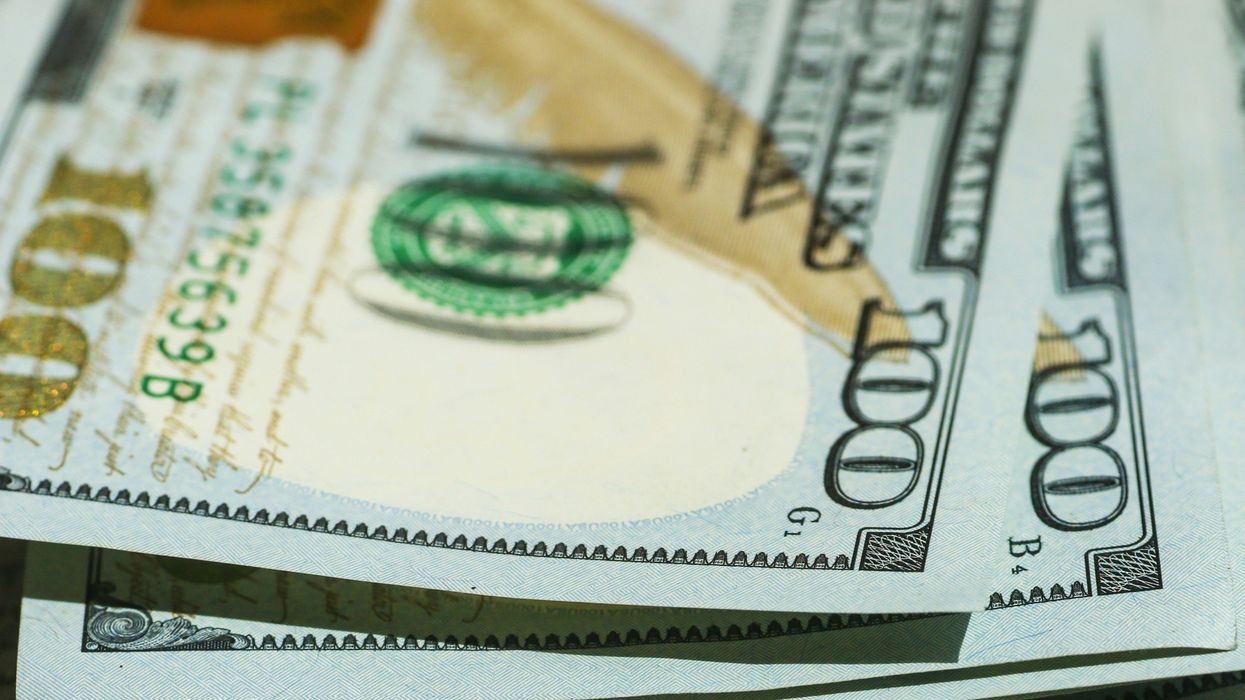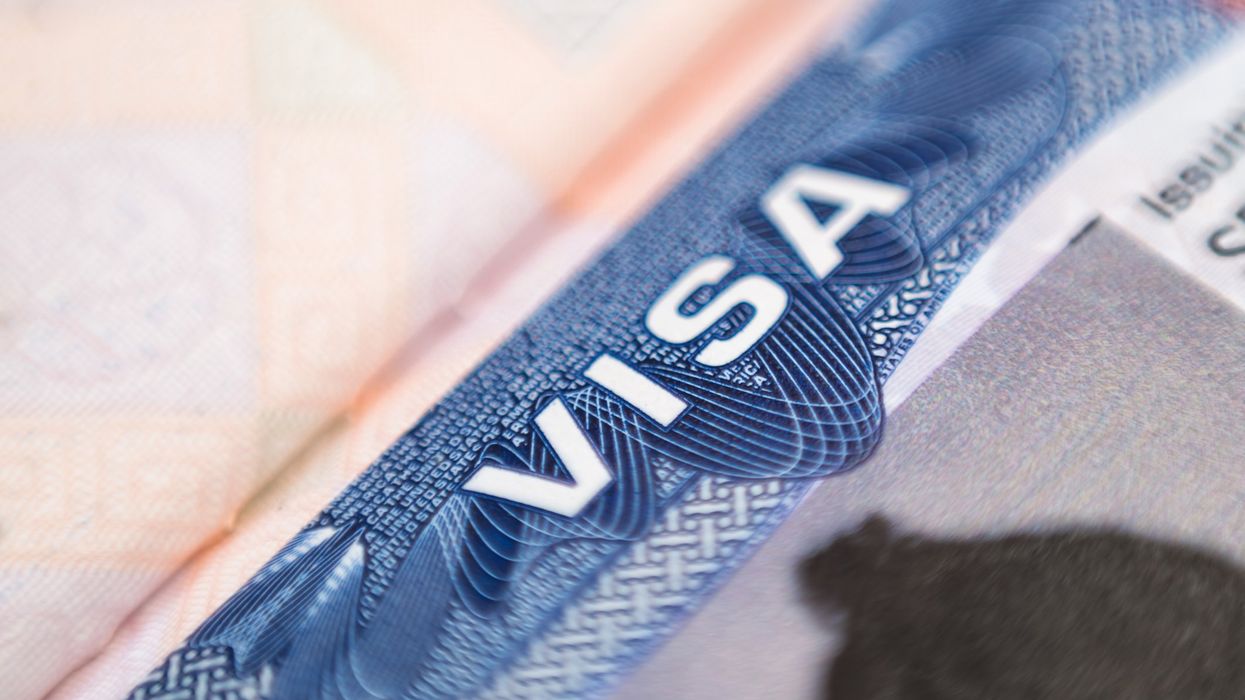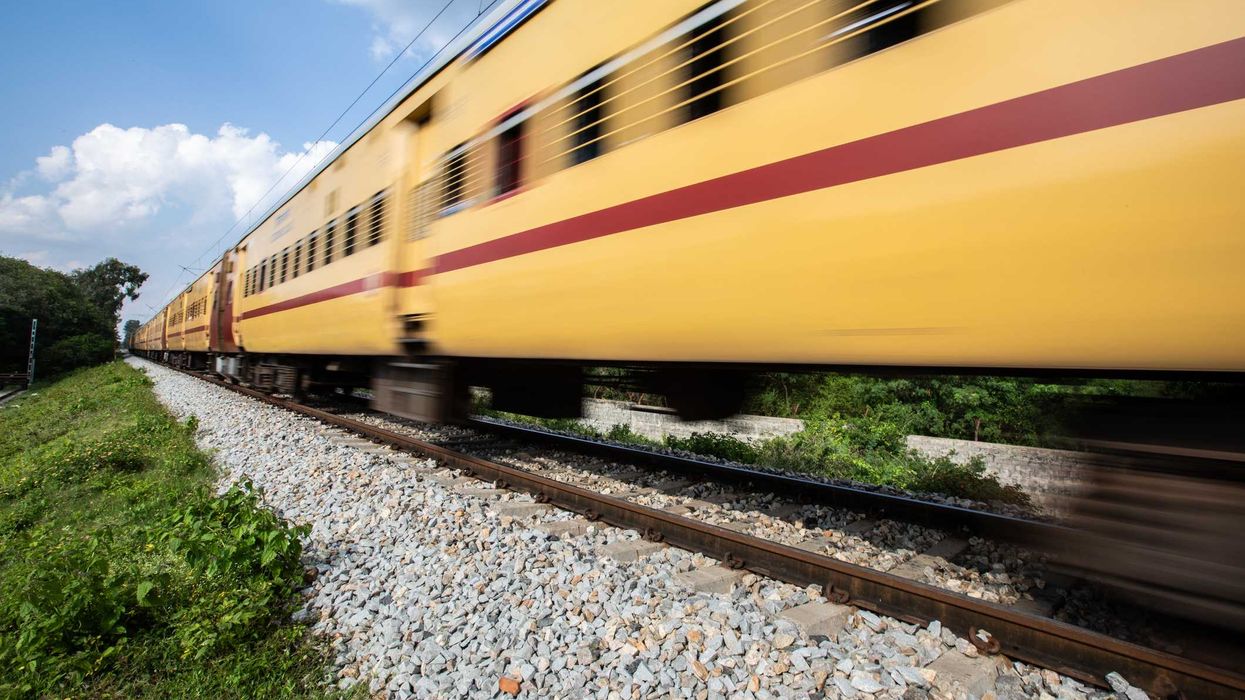President Donald Trump has implemented executive orders that some have perceived as targeting Hispanic, Latino communities, particularly in relation to immigration policies, which they argue have contributed to increased tensions and uncertainty among individuals and their families in the United States.
Historically, the Hispanic, Latino community has significant shaped the U.S. economy and culture. As political tensions have escalated in recent weeks, it has led to organized economic activism. One such effort, the Latino Freeze Movement (LFM), has directly responded to Trump’s policies and rhetoric toward the community.
Created by Dr. Michael Galvez, LFM calls on the Hispanic, Latino community to unite and create a collective impact. The movement encourages individuals to be more mindful of their spending habits, emphasizing where and how their money is used.
“The Latino Freeze Movement is a grassroots movement founded in 2025,” reads the Latino Freeze Movement website. “The movement is committed to showing the value that Latinos, other minorities, and allies have in the United States.”
The movement has garnered over 3,000 followers on Instagram and includes notable supporters such as actors George Lopez and John Leguizamo, journalist Maria Hinojosa, and labor leader Dolores Huerta.
In an interview about the power of boycotts, Huerta said, “If you don’t respect our community, then you shouldn’t have our dollars.”
Leguizamo is pushing for a national freeze on all shopping on February 28, calling it an economic blackout.
While the movement has gained traction, do these boycotts truly work, or are they more symbolic than impactful?
The Economic Power of the U.S. Latino Community
Economic boycotts have long been used as a tool for social and political change. From the Montgomery Bus Boycott of the Civil Rights Movement to modern-day calls for corporate accountability, consumers have sought to wield their purchasing power to influence policies and practices.
Huerta dedicated years to organizing farm workers in California and advocating for boycotts to support their rights. During the Delano Grape Strike, she played a key role in coordinating strikes and boycotts to improve conditions for farm workers.
At the conclusion of the boycott, the lives of 10,000 farm workers were positively impacted when the companies signed new contracts with the newly unionized workers. These agreements introduced scheduled pay increases, health benefits, and other provisions to promote respectful and humane conditions for farm workers.
The Latino Freeze movement showcases the economic influence of the Hispanic, Latino community by encouraging individuals to save their money and refrain from spending at certain businesses that have cowered to Trump’s executive orders related to Diversity, Equity, and Inclusion (DEI), like Target, Walmart, and McDonald's.
This initiative highlights the collective financial power of the community and seeks to raise awareness about issues, including immigration policies impacting Latino individuals and families.
The economic influence of the US Hispanic, Latino community is undeniable. With a collective GDP of $3.7 trillion, Latinos contribute significantly to the nation’s financial strength. If the group were an independent economy, it would rank as the fifth largest in the world, surpassing the GDP of countries such as the United Kingdom and India. This economic clout is driven by a rapidly growing population, high workforce participation rates, and increasing levels of entrepreneurship.
"I've never seen anything on this scale. If you take 20% of our population, that all buys in, plus people that are supporting this movement. It could be much larger than 20%. Right? You may have up to like half of our population supporting this type of movement, you could have a very significant change in terms of how much spending is going on,” said Aaron Pankratz, Fresno City College economics instructor in an interview with ABC.
The latest U.S. Census data shows Hispanics, Latinos made up nearly 20% of our nation's population as of 2023.
Analyzing Their Impact and Effectiveness
There are notable instances where boycotts have worked. For example, the Montgomery Bus Boycott (1955–1956) led to the desegregation of public transportation in the US. Brands like Nike and Starbucks have recently altered policies after facing consumer backlash.
However, not all boycotts succeed. The 2017 boycott against Uber (#DeleteUber) over its response to an immigration ban saw temporary dips in usage, but the company recovered. Similarly, some large corporations have enough financial resilience to withstand short-term consumer action.
According to IPR associate Brayden King, a professor of management and organizations, activists who call for boycotts usually set out “to put financial pressure on a company” by convincing consumers to shop elsewhere.
In a 2017 interview with Northwestern, King explained, “But it turns out that’s not the way that boycotts usually work. The typical boycott doesn’t have much impact on sales revenue.”
One reason is consumers’ habitual nature. Even people who publicly denounce a company might still purchase that company’s products, according to the report.
The Latino Freeze Movement is a powerful demonstration of economic activism and collective resistance. Whether or not it achieves long-term policy change remains to be seen. Still, it highlights the growing influence of the Latino community in shaping political and economic discourse in the United States.
“If the ultimate source of a boycott is constantly featured in the 24-hour news cycle — say, because he is president of the United States — and continues to engage in controversial and outrageous behavior, the boycott has an increased chance of living beyond its usual few days, wrote Americus Reed in 2017, in an Opinion-Editorial for the New York Times. If the boycott reflects a movement — rather than a moment — it can change the world around it.”
Click HERE to see the list of companies the Latino Freeze Movement recommends people support and the companies to avoid.
. Hugo Balta is the executive editor of the Fulcrum and a board member of the Bridge Alliance Education Fund, the parent organization of The Fulcrum. He is the publisher of the Latino News Network and the only person to serve twice as president of the National Association of Hispanic Journalists (NAHJ).




















